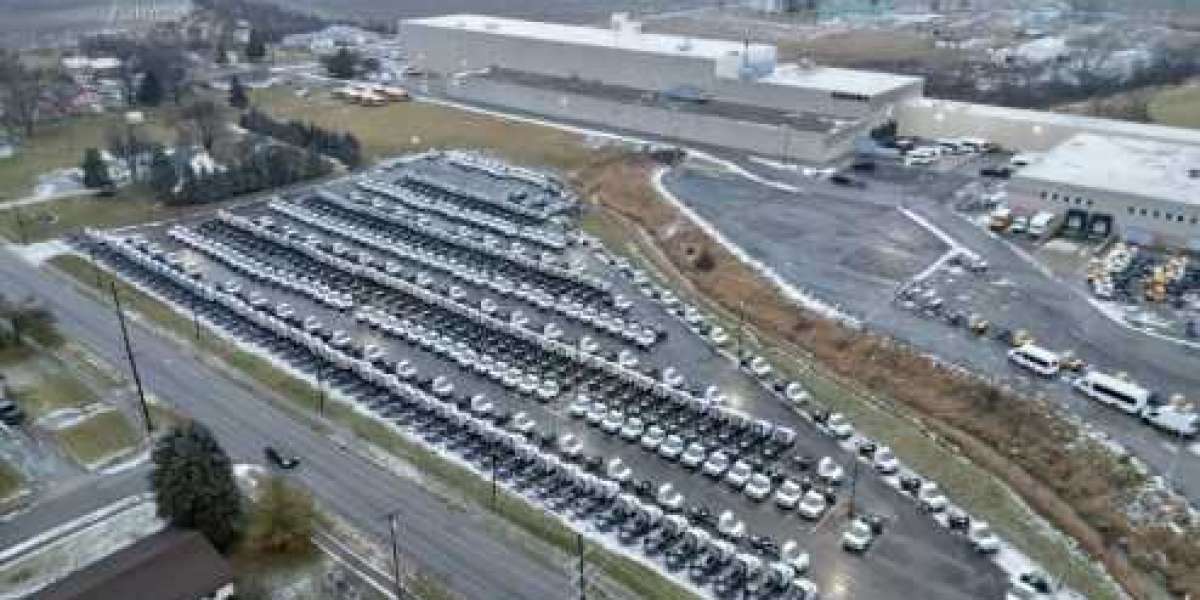In the evolving world of sustainable transportation, electric fleets are transforming how public agencies, private companies, and institutions approach mobility. From university shuttles to corporate transport and paratransit services, the demand for flexible and reliable electric vehicles is rising fast. Among the most versatile and scalable options is the Cutaway Bus, which offers both customization and quick deployment capabilities for fleet operators.
If you’re seeking to transition to electric transportation quickly, the key lies in choosing the right partner, the right vehicle specs, and a procurement model that reduces lead time.
What Is a Cutaway Bus?
A cutaway bus features a cab and chassis built by one manufacturer, with the rear body customized by a second builder. This hybrid approach allows:
- Customized interiors for passenger needs
- Wheelchair lifts and ADA compliance
- Variable seating layouts and storage solutions
Its modular design makes it ideal for transit agencies, senior living facilities, hospitality, and airport shuttle services.
Why Electric Cutaway Buses Make Sense
Electric cutaway buses offer:
- Zero tailpipe emissions
- Quiet operation
- Lower total cost of ownership over time
Fleet managers are increasingly opting for these vehicles due to operational savings, funding incentives, and the growing pressure to meet sustainability goals.
Challenges in Getting EV Buses Quickly
Many electric bus models have long lead times—sometimes stretching from 12 to 24 months—due to high demand, component shortages, and manufacturing bottlenecks.
Common barriers to rapid delivery include:
- Limited production capacity
- Regulatory certifications for specific regions
- Customization delays for ADA or fleet branding
- Slow approval processes for grants or subsidies
To overcome these issues, you need a plan tailored for speed and scalability.
Steps to Ensure Rapid Delivery
1. Choose Manufacturers with Pre-Engineered Inventory
Select providers that maintain pre-approved, production-ready vehicles. These units can often be shipped within weeks instead of months.
Look for vendors offering:
- In-stock EV cutaway buses
- Preconfigured models that meet DOT and ADA standards
- Flexible customization that doesn’t slow down production
This reduces the wait time while still giving you some level of customization.
2. Secure Funding Early
Delays often stem from waiting for grants, financing, or subsidy approvals. Proactively securing funding allows you to place your order with confidence.
Helpful tips include:
- Applying for local or federal clean vehicle incentives early
- Working with manufacturers who assist with grant paperwork
- Exploring lease or fleet-as-a-service options to bypass capital delays
Some EV programs allow for fleet expansion without a large upfront investment.
3. Partner with Experts in Fleet Deployment
Choose a provider experienced in fast-track delivery models. These companies will:
- Help with route analysis and operational planning
- Coordinate vehicle delivery and driver training
- Offer maintenance support and charging infrastructure
A knowledgeable partner can significantly reduce administrative lag and logistics confusion.
Benefits of Fast EV Cutaway Bus Deployment
By getting electric cutaway buses on the road quickly, you unlock a range of advantages:
- Faster emissions reductions and compliance with clean air mandates
- Immediate PR and branding benefits tied to sustainability
- Enhanced rider experience with quieter, smoother rides
- Earlier ROI through fuel and maintenance savings
When time is money, quicker delivery equates to quicker results.
How to Evaluate Your Options
Before making your decision, evaluate vendors on:
- Delivery timeline and stock availability
- Past performance in deploying EVs quickly
- Ability to provide fleet analytics and post-sale service
- Transparency in cost and warranty structure
Compare not just price, but also experience and support during and after delivery.
Conclusion
When looking to electrify your fleet, waiting 12–18 months for a new vehicle isn’t always an option. Fortunately, with the right strategy, you can get an electric Cutaway Bus delivered in a fraction of that time. By selecting a provider with ready-to-deploy inventory, securing your funding in advance, and partnering with experts in rapid fleet deployment, you can future-proof your transportation services today.
Electric mobility is no longer on the horizon—it’s here, and with smart planning, it’s ready for immediate delivery.







